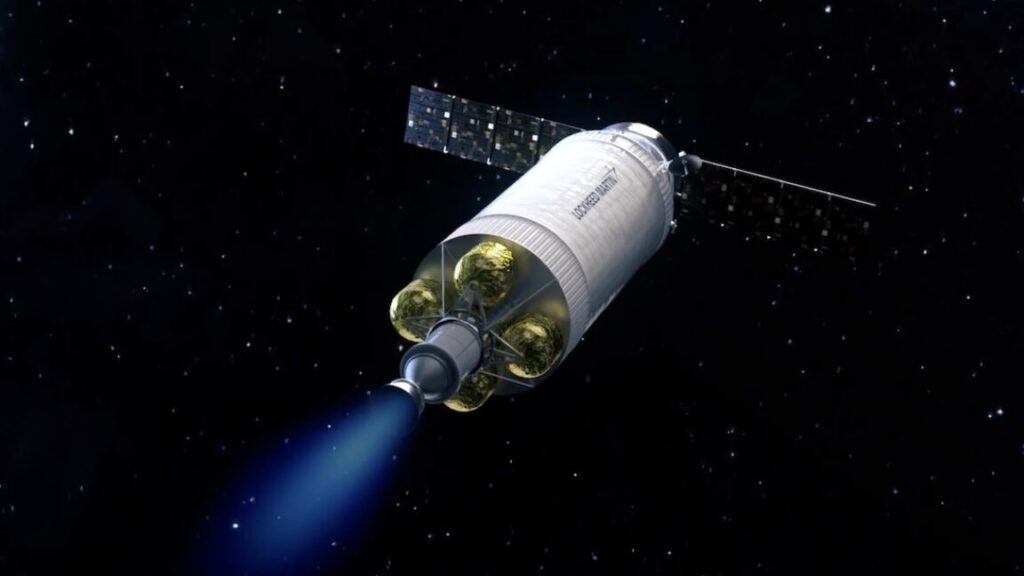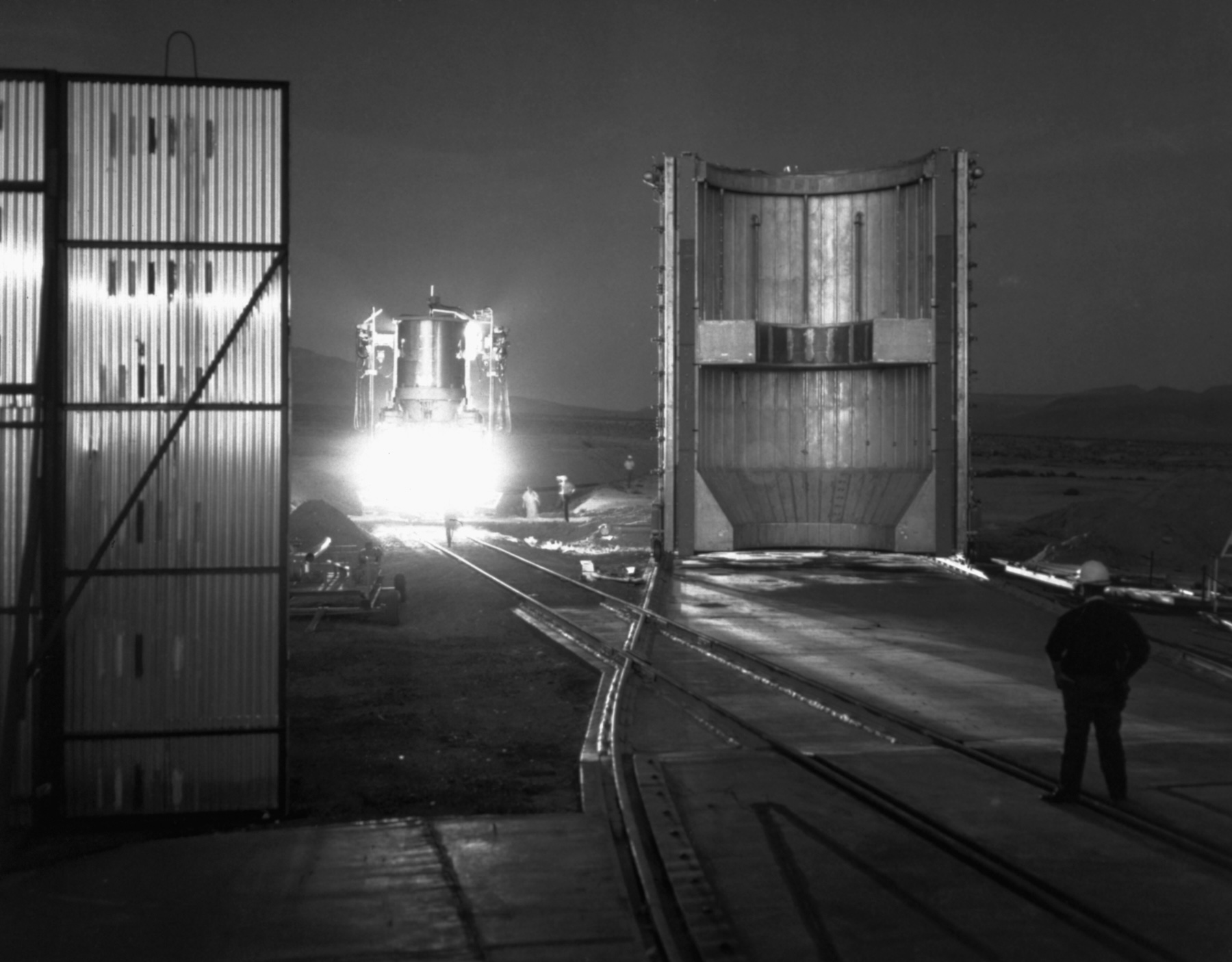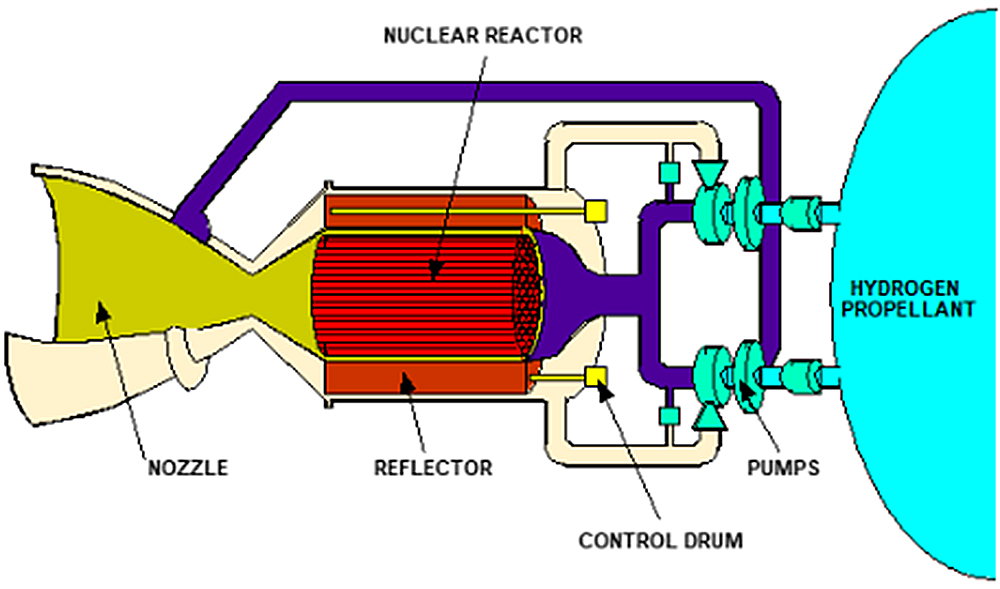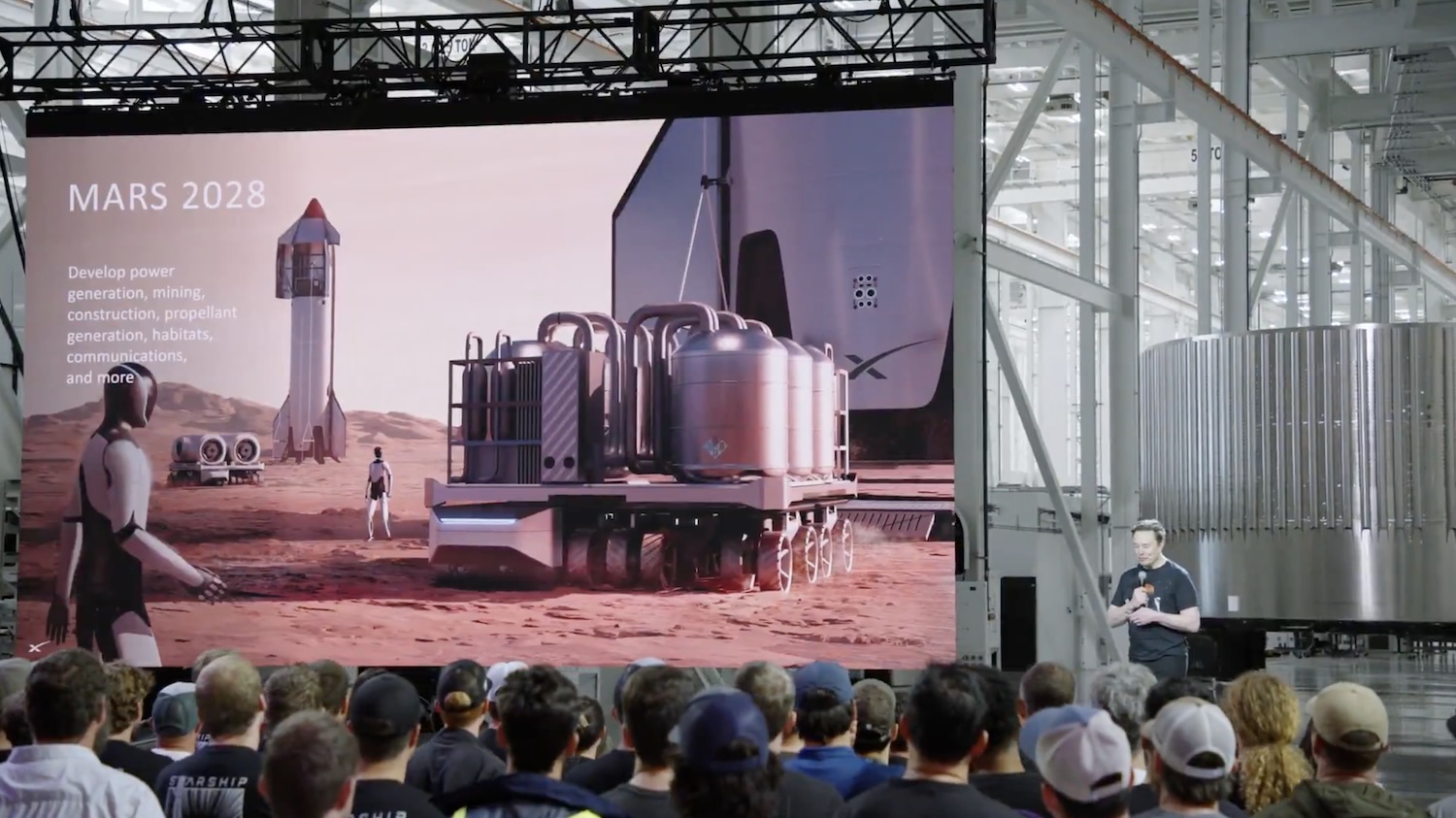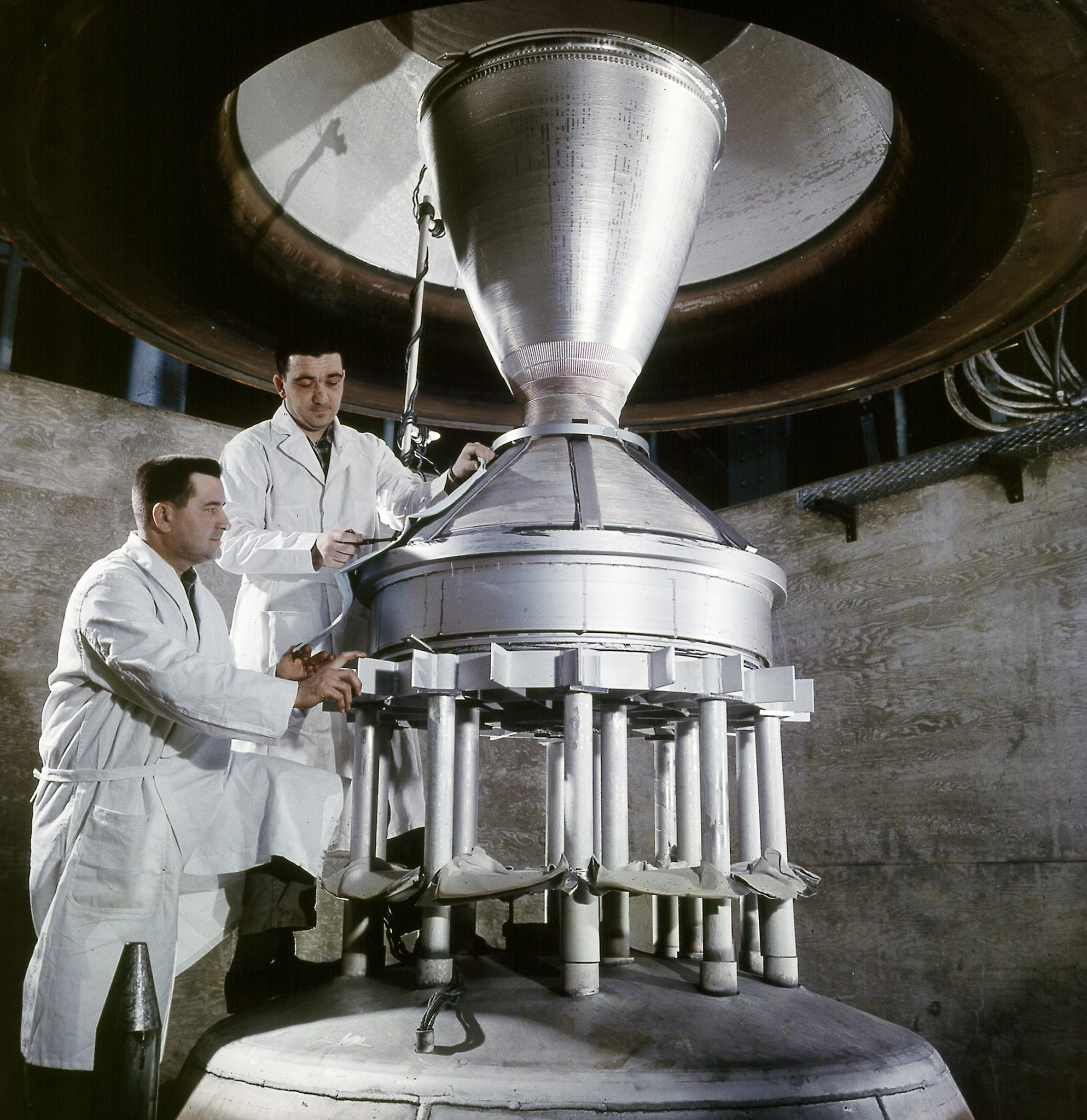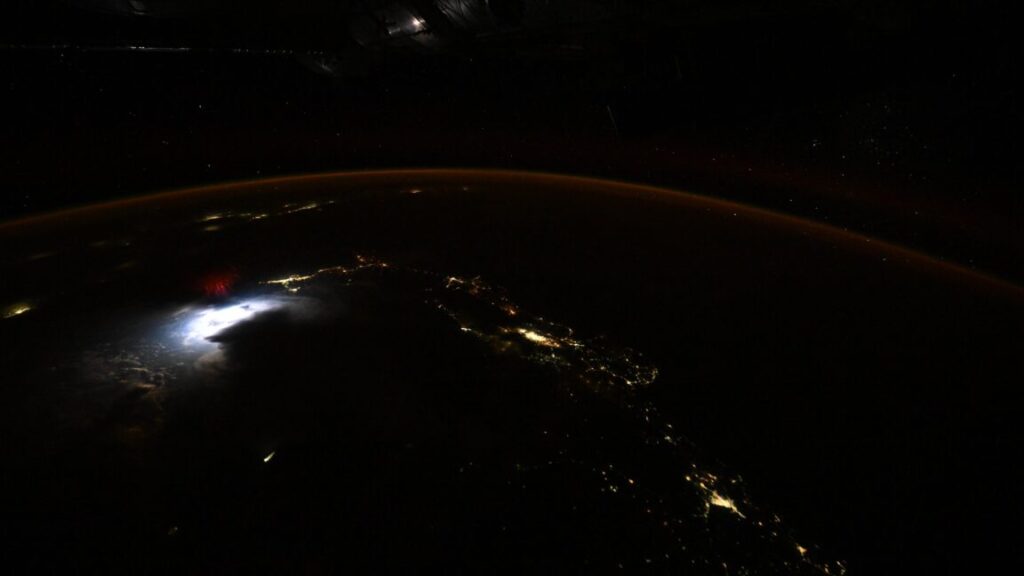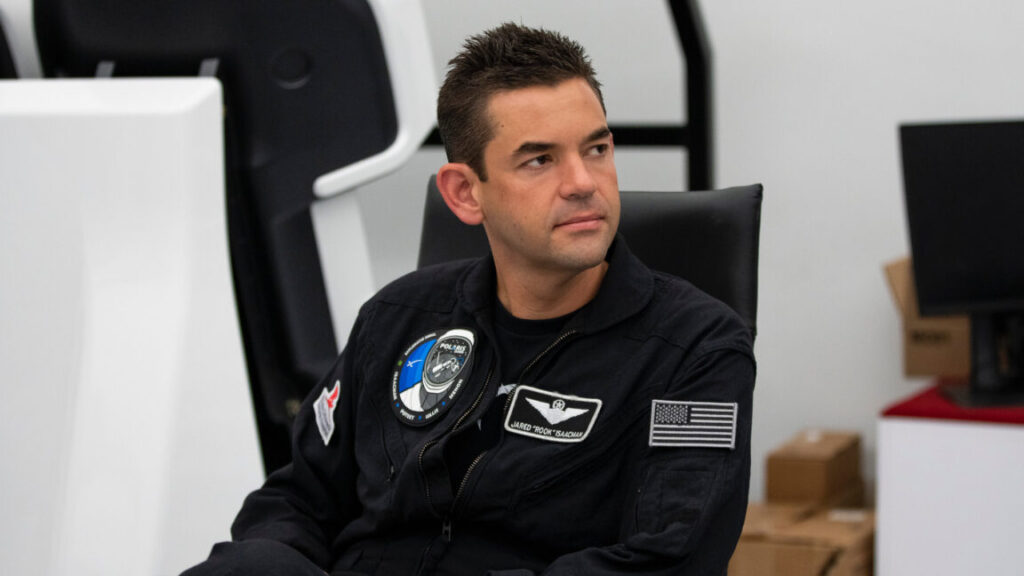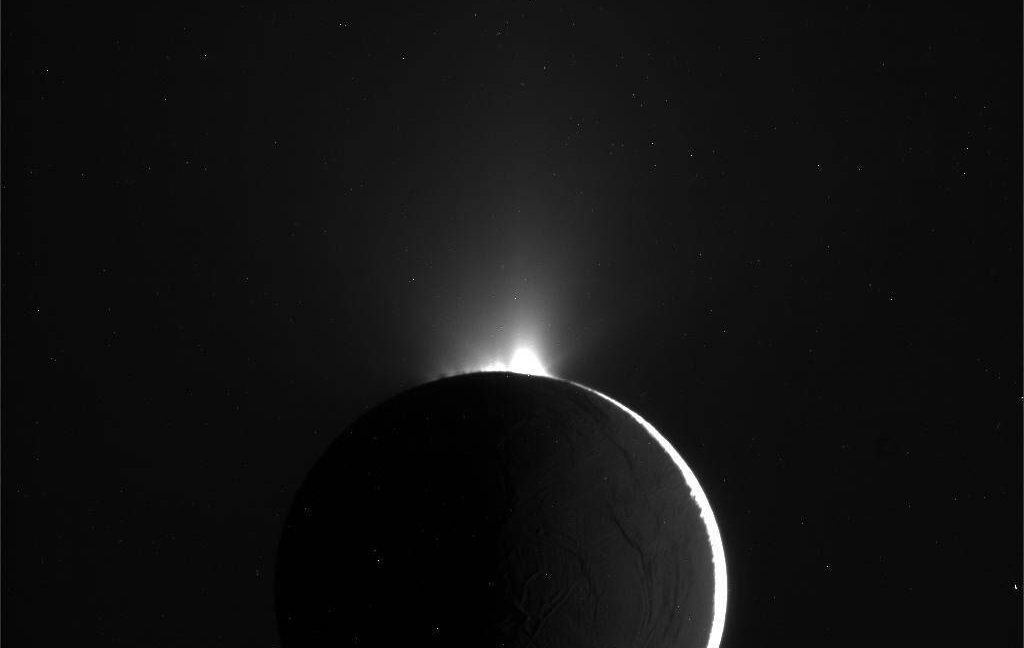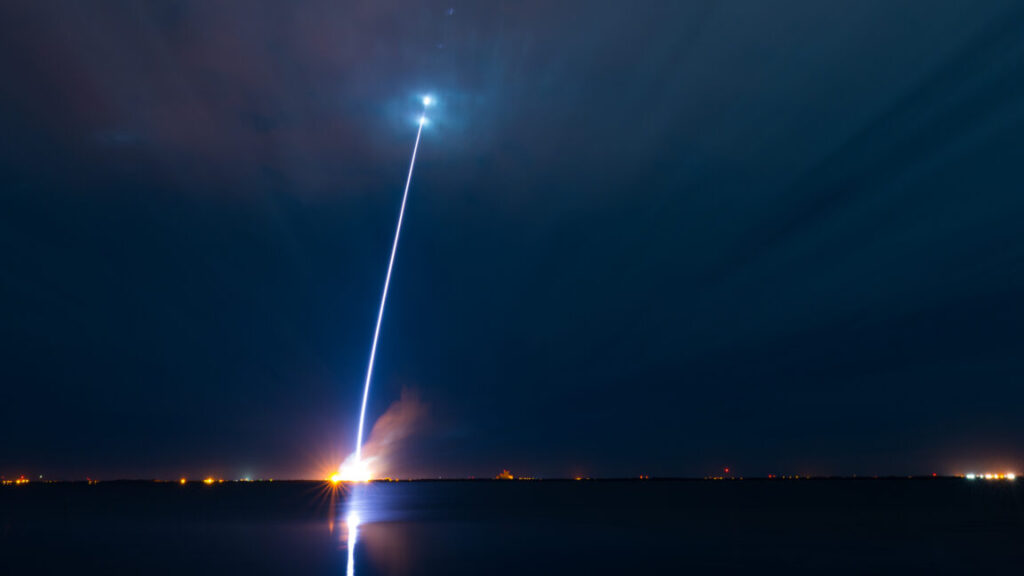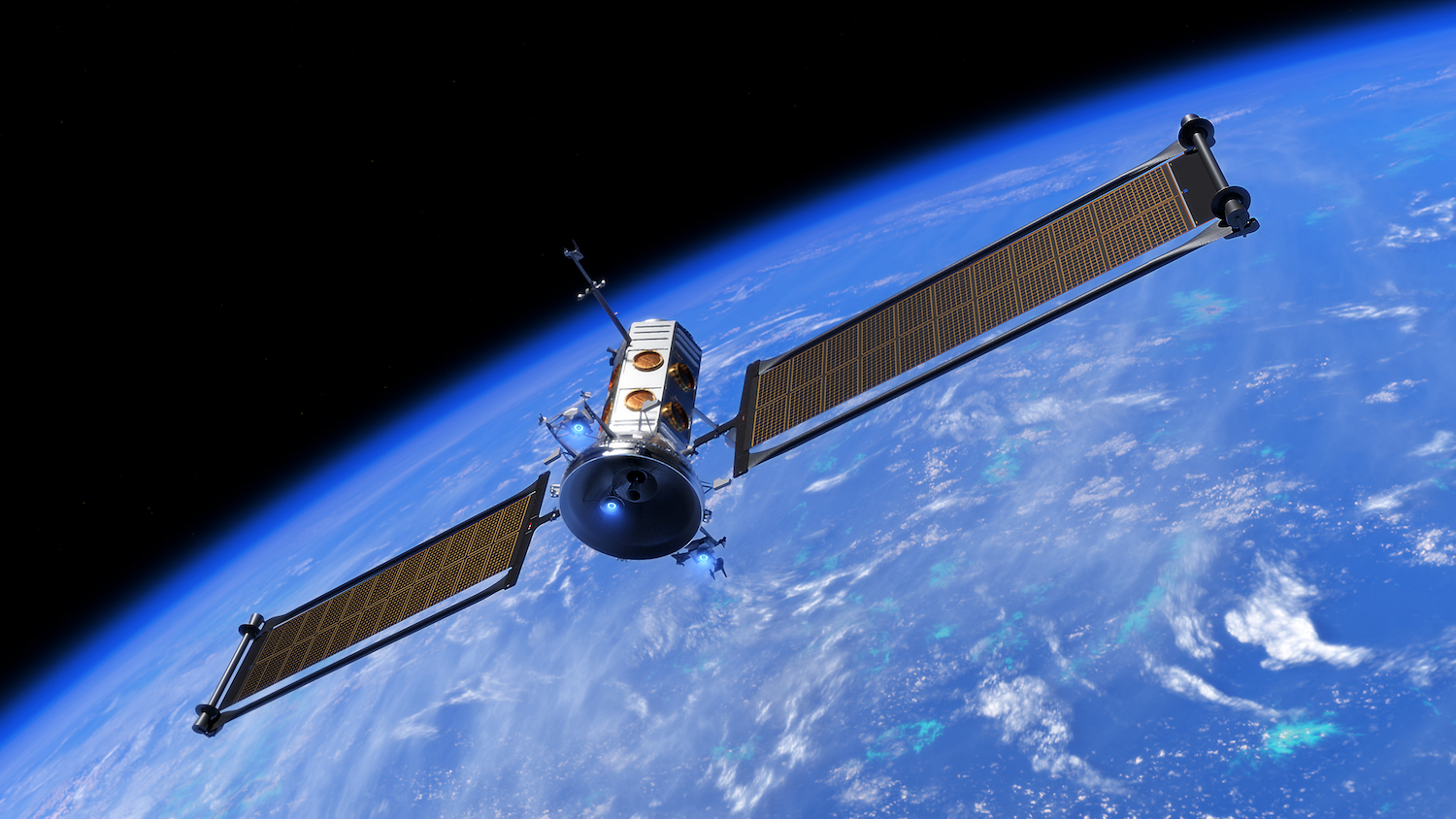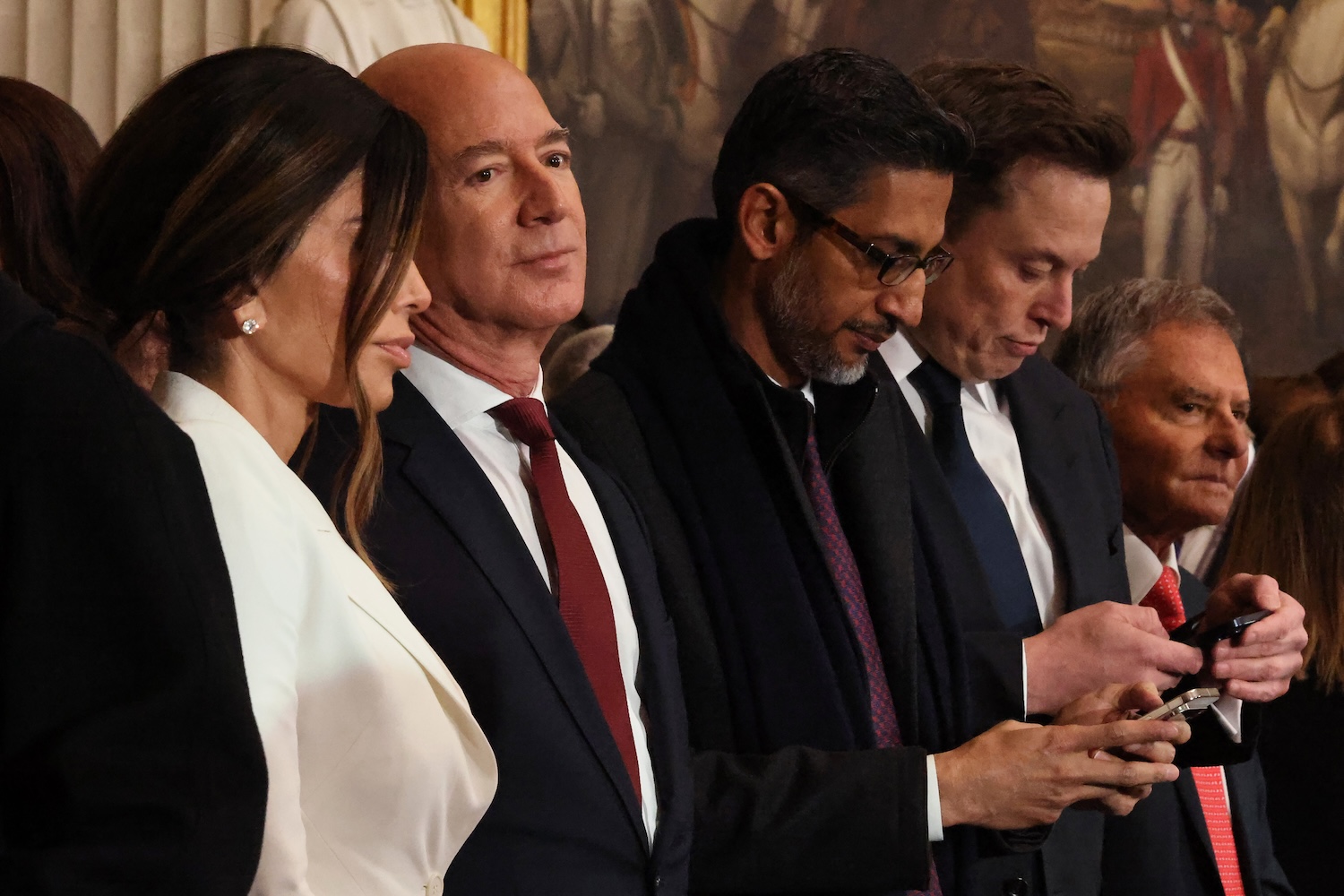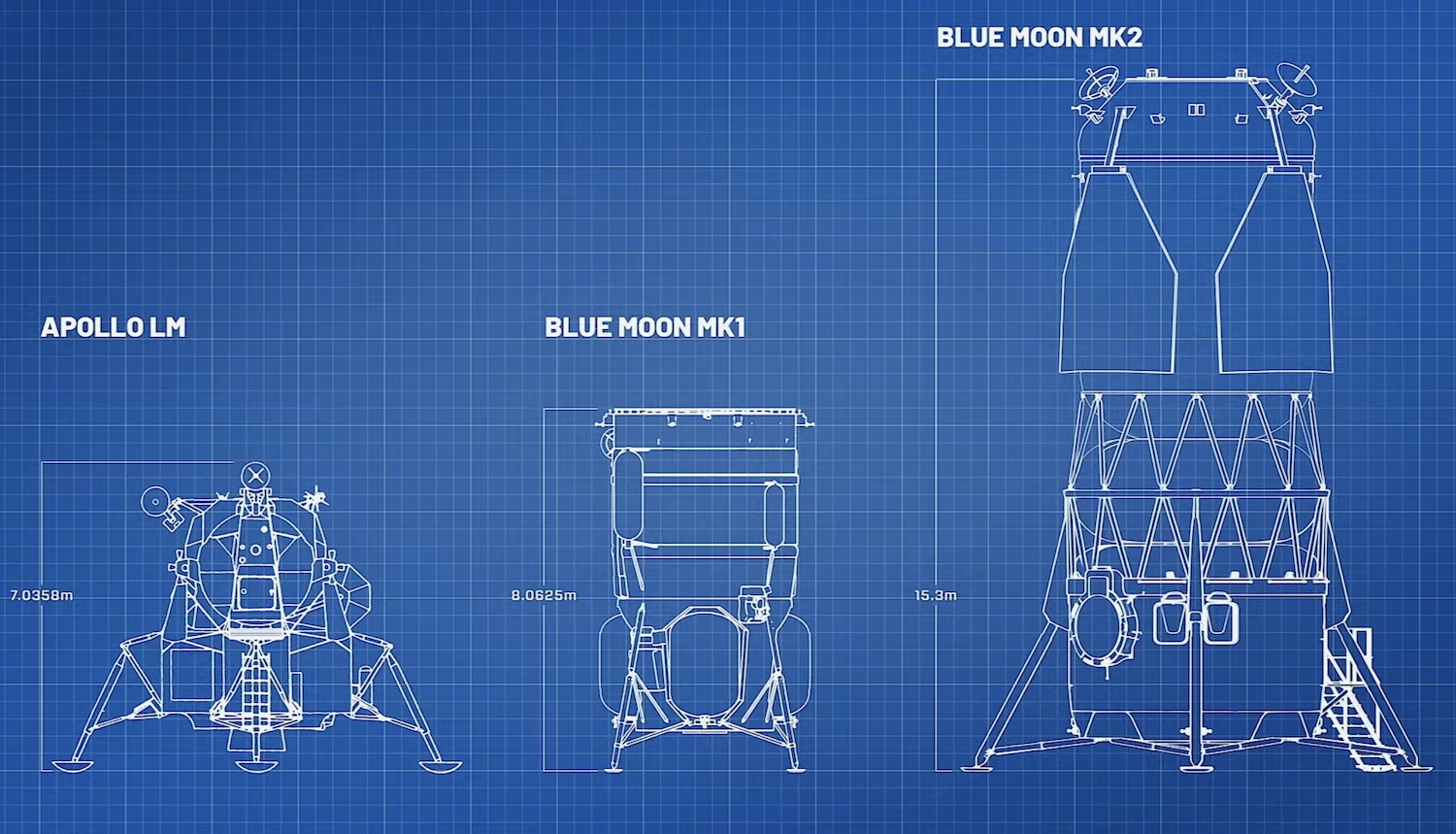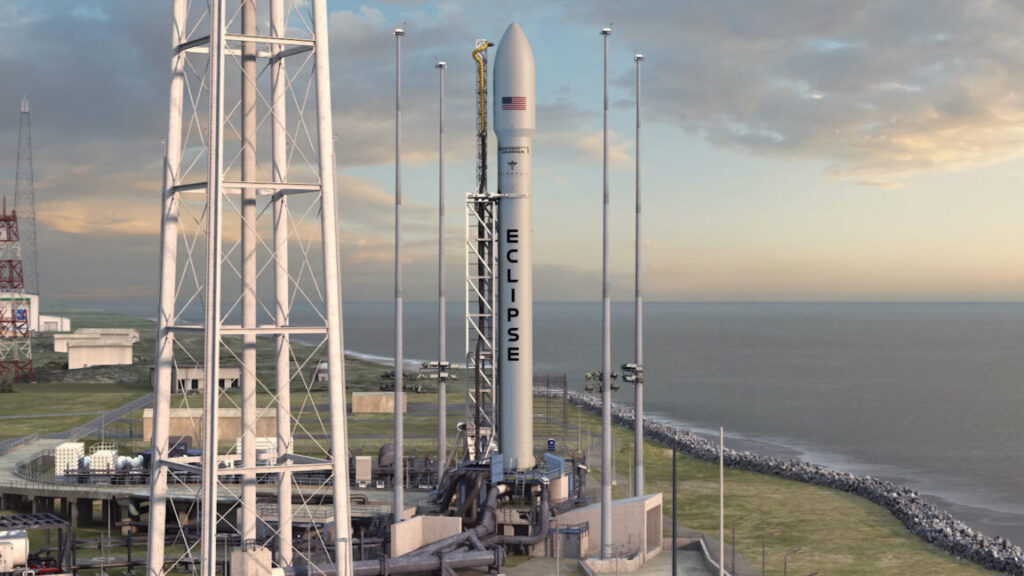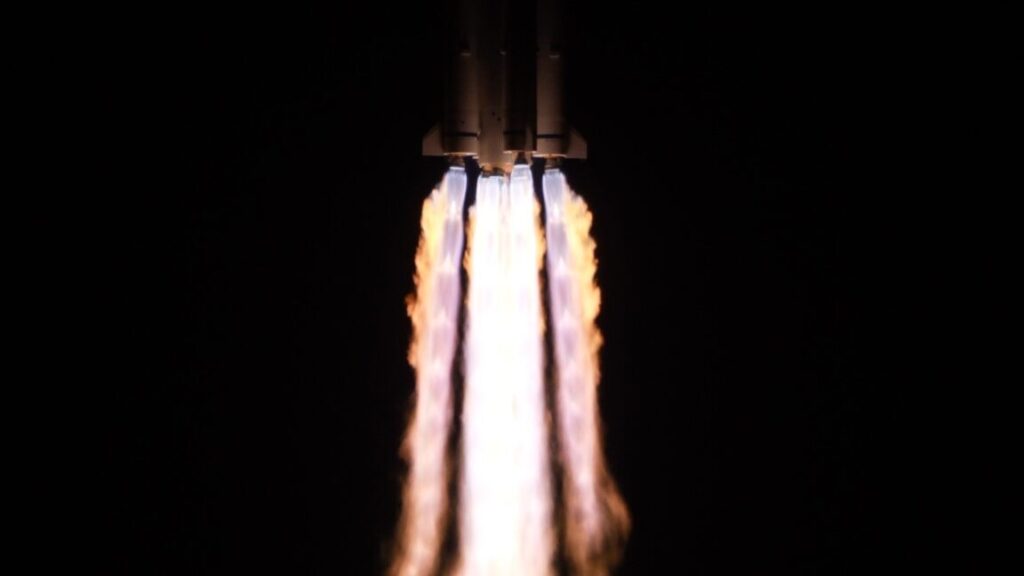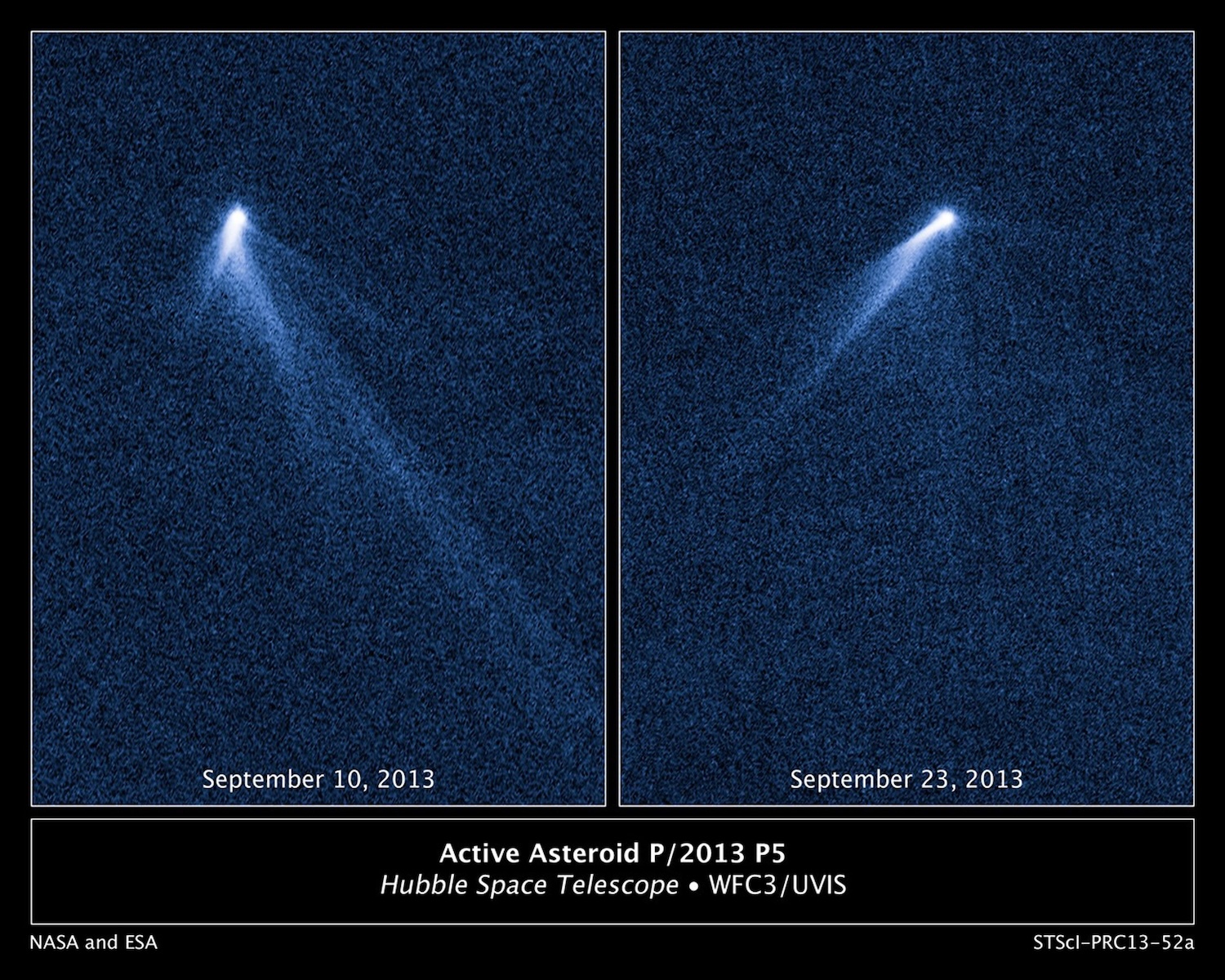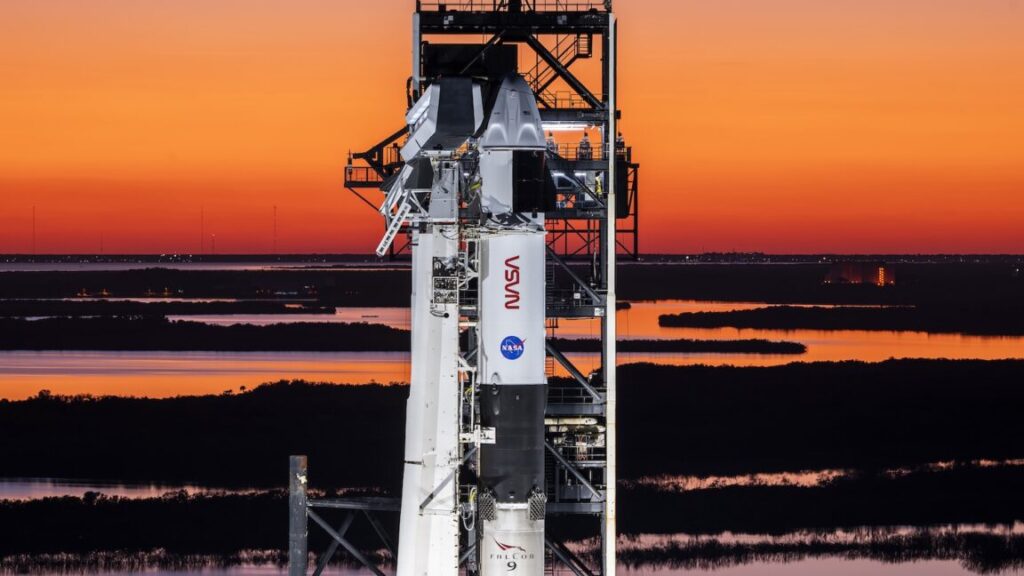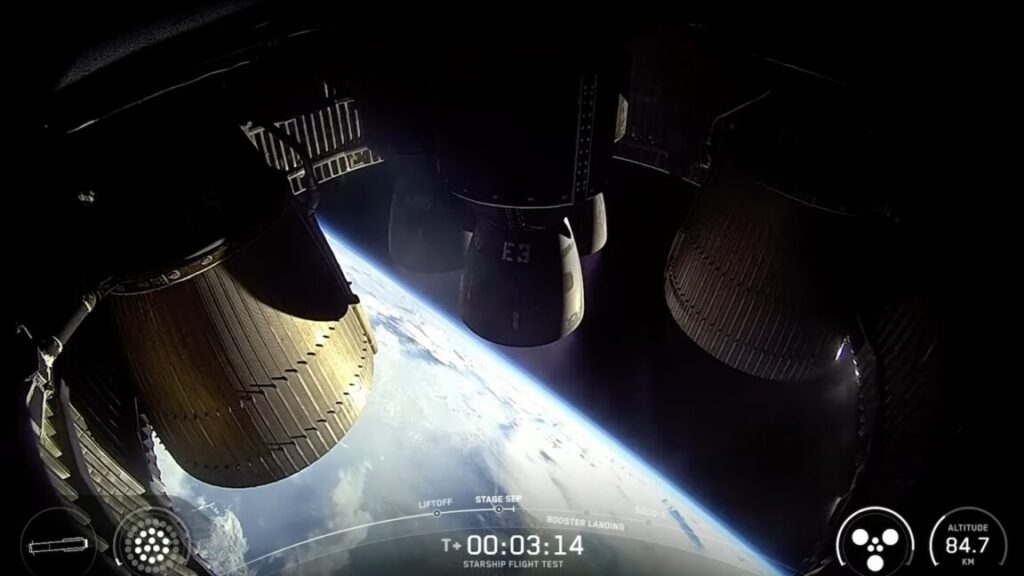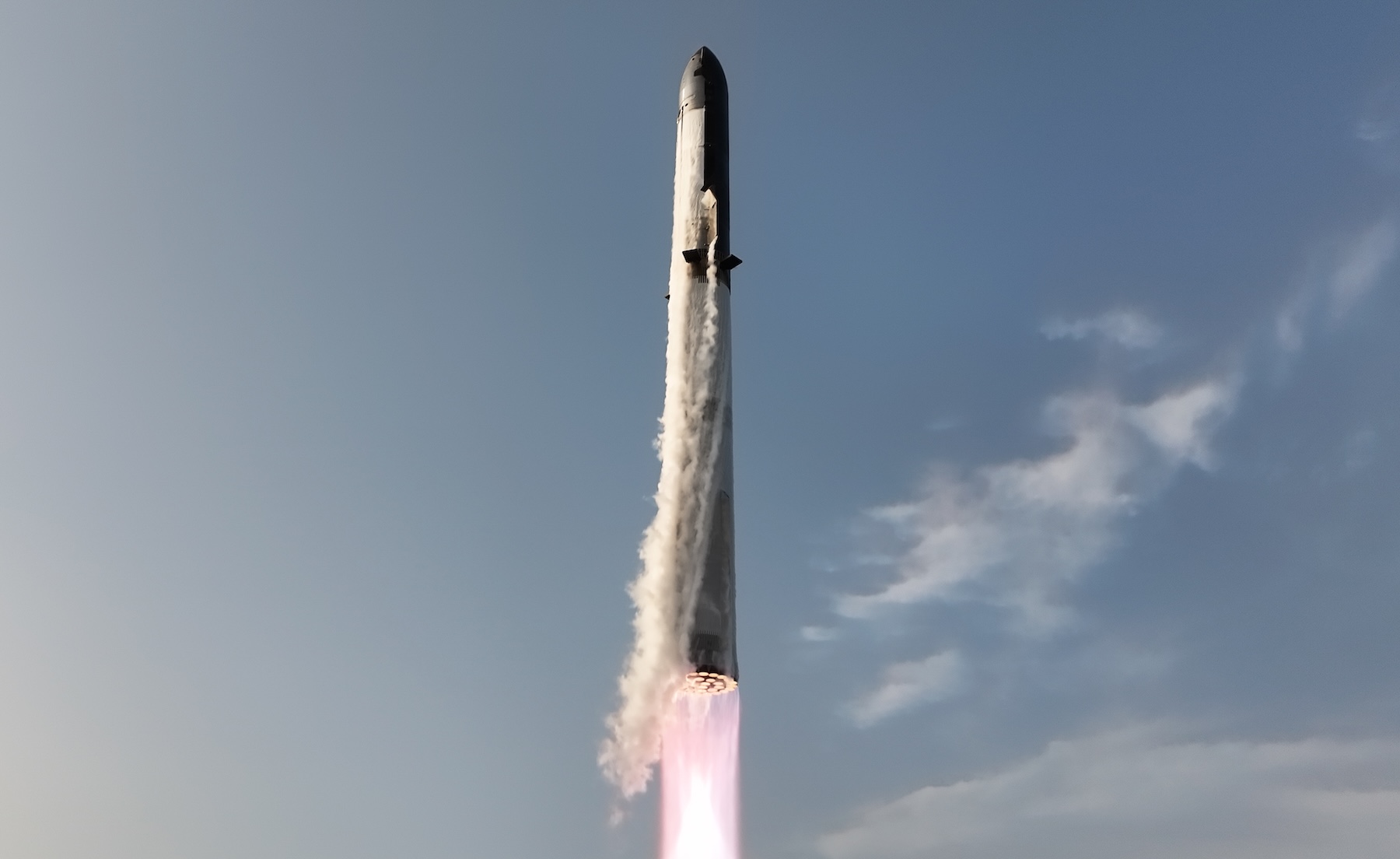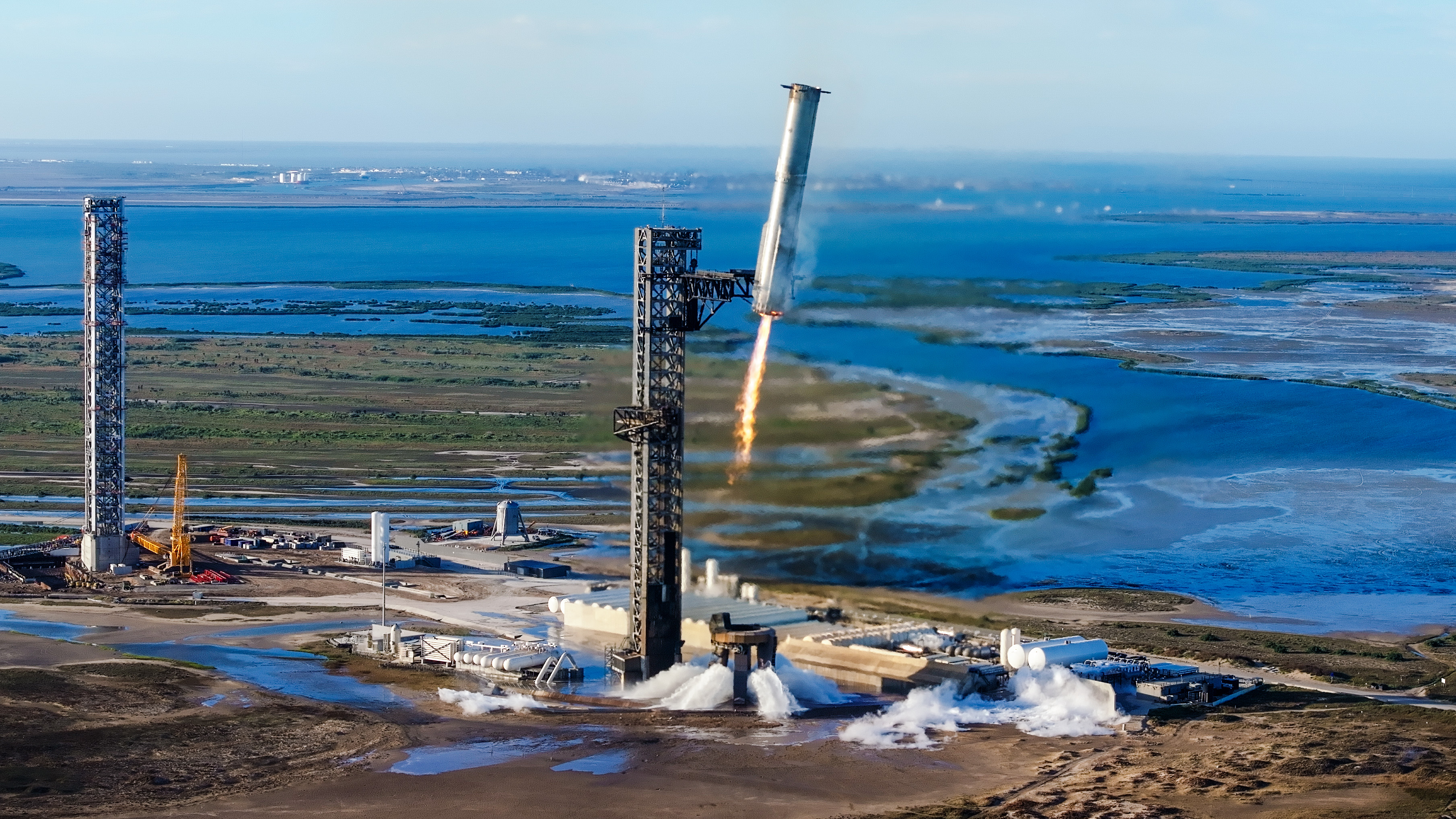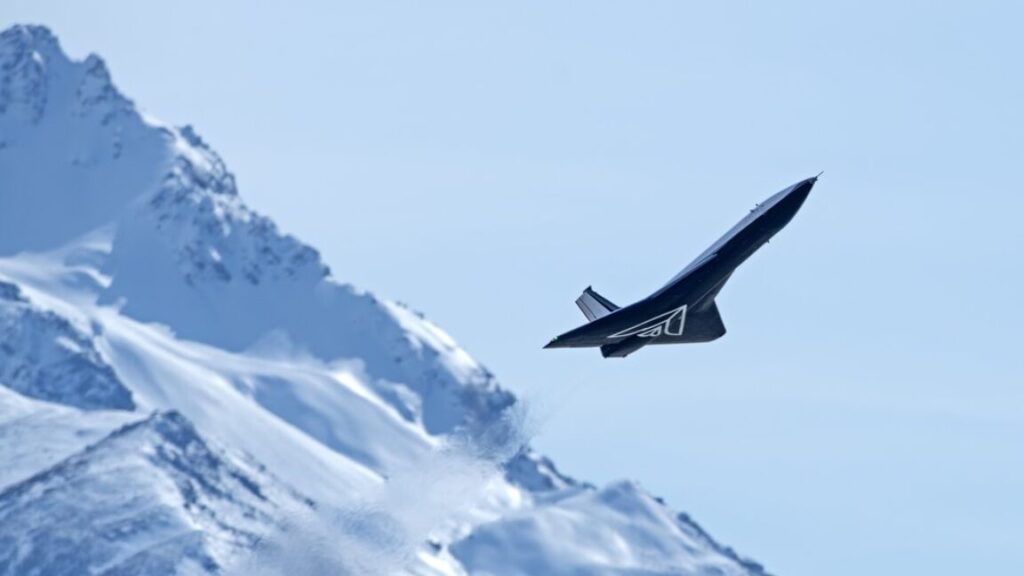An in-space propulsion company just raised a staggering amount of money
Starting small
The company’s initial product was the Mira spacecraft, powered by nitrous oxide and ethane thrusters. It can move payloads up to 300 kg around in space, and for a 100 kg payload, it offers 900 m/s of Delta-V. With Mira, Impulse sought to tackle the problem of mobility once a spacecraft reached orbit.
Mira proved a success almost immediately, with the first vehicle launching in 2023 and operating for a year in space, demonstrating ample mobility before finally depleting its propellant tanks. A second mission, LEO Express-2, launched in January with several hosted payloads and, so far, has met all of its objectives. The mission remains ongoing.
Initially, it was believed that this vehicle would be useful for providing “last mile” services for spacecraft launched as a part of rideshare missions.
“The reality is the market for that is not very good,” Romo said. “If you’re gonna size that market, it’s basically the market Rocket Lab serves today, which is 25 to 30 flights a year, which is fine. You can do that, but not economically very well. Your gross margins won’t be good. Your working capital kind of sucks. So that’s not at all the market that we’re after with Mira.”
Since Mira has had ample success during its first two flights, other customers have taken notice.
“It’s a high-thrust, high-maneuverability spacecraft that can operate anywhere up to GEO,” Romo said. “And so when you’re thinking about space defense and space control, they need rapid response. So we’ll move from one part of GEO to another very rapidly. And we can host payloads, like what Anduril makes, such as electronic warfare payloads, and then potentially doing proximity ops missions. So Mira wasn’t necessarily designed out of the gate for that, but what we found out after we flew it successfully was, the Space Force said, ‘Hey, we know what that thing’s for.'”
An in-space propulsion company just raised a staggering amount of money Read More »

